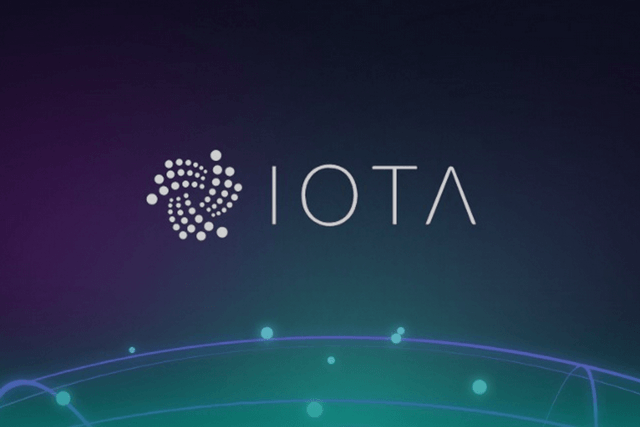
What Is Challenging The Money Transfer Industry?
Today, technology advances at a rate that could never have been predicted, and for the industry in which we reside, this can be most recently witnessed in the form of cryptocurrency.
For the average millennial or at least anyone that pays attention to the business world, the term “cryptocurrency” would not seem like such a strange word. If that is, then the terms Bitcoin, Ethereum or at least Blockchain should ring a bell. One might wonder, why are these terms suddenly so prevalent, especially cryptocurrency news? Computing is getting rather pervasive and the society is leaning towards digital services. The finance world too isn’t spared as the disruption of technology into this sector has fostered the birth and development of Fintech organizations.
These Fintech organizations look to digitize payments and transactions, offering the same services that are currently in existence but in a better, efficient and more effective way.
Blockchain is the network upon which most of these cryptocurrencies operate on. The history of blockchain and bitcoin, in particular, does not have a definite story. In 2009, an individual or group of individuals known to be “Satoshi Nakomoto” developed and published the technology to allow people make digital payments between themselves anonymously without having an external party to verify or authorize the transfer of the currency being exchanged.
Although technologies like this might seem rather complex, understanding how Blockchain works is quite easy, given that one has a basic idea of how networks work. Blockchain is simply a database shared between several users, containing confirmed and secured entries. It is a network, where each entry has a connection to its previous entry.
This technology affords a very secure model whereby every record in the database cannot be tampered with. Apart from the stellar security that this network offers, the transparency and speed at which the network operates give it an edge over the conventional way of conducting transactions.
In simple terms, cryptocurrencies are just monies in digital form, transacted via digital means and over a digital network. The transfer of these currencies is utilized with cryptography and the aforementioned blockchain network. Up until the 2010s, cryptocurrencies were not really known until Bitcoin made its breakout and this gave rise to the birth of new cryptocurrencies.
Cryptocurrencies have had their fair share of bullish and bearish trends, going to show how unstable they can be. The latest cryptocurrency news reports lots of people predicting prices for various cryptocurrencies in the years to come but no-one can say for sure.
Blockchain, on the other hand, is making its way into pervasive computing, especially IoT, giving way for the development of new solutions that embrace data security and transparency.

Today, technology advances at a rate that could never have been predicted, and for the industry in which we reside, this can be most recently witnessed in the form of cryptocurrency.

The Decentralized Exchange will allow users to take full control of their assets during the exchange with no need for a third party to control the private keys.

Following huge ICO raises, the second half of the year will pound the same theme. Daniel M. Harrison explains some overlooked consequences and opportunities.

The IOTA team has been preparing for its token launch on the exchange for two years and now finally the technology is mature enough to go live.

Ouroboros protocol, made by IOHK, to be peer reviewed at leading conference.

The Bancor token project raised about $150 million on Monday in an initial coin offering (ICO), making it the second-largest fundraising campaign in the blockchain industry.

The cryptocurrency ecosystem is definitely changing with altcoins rising in value and endangering the indisputable leadership of Bitcoin.

Blockchain-based protocol adChain is intended to improve digital advertising’s disjointed supply chain so that all participants could get benefits.

Daniel M. Harrison explains how the Blockchain became the value configuration for a decentralised economy where cooperation is the core advantage.

Bitcoin price is constantly growing while altcoins see considerable inflows and are growing even faster.

Pundits like Mark Cuban claim that Bitcoin is in a bubble. But Daniel M. Harrison shows how fundamentally markets are altered by the Blockchain and Ethereum.

Risk-free trading of crypto is making some traders hefty sums. Coinspeaker’s Editor-in-Chief Daniel M. Harrison shows how they are doing it so consistently.

WTT tokens holders will use Giga Watt’s processing center capacity to accommodate one watt’s worth of mining equipment power consumption, rent-free, for the lifetime of the hosting facility.

The largest funding round in the European blockchain and data security ecosystem will allow Stratumn to focus on research, product design, and business development.

The Colu team decided to open source the code as it wants to encourage more developers to work on Colored Coins.